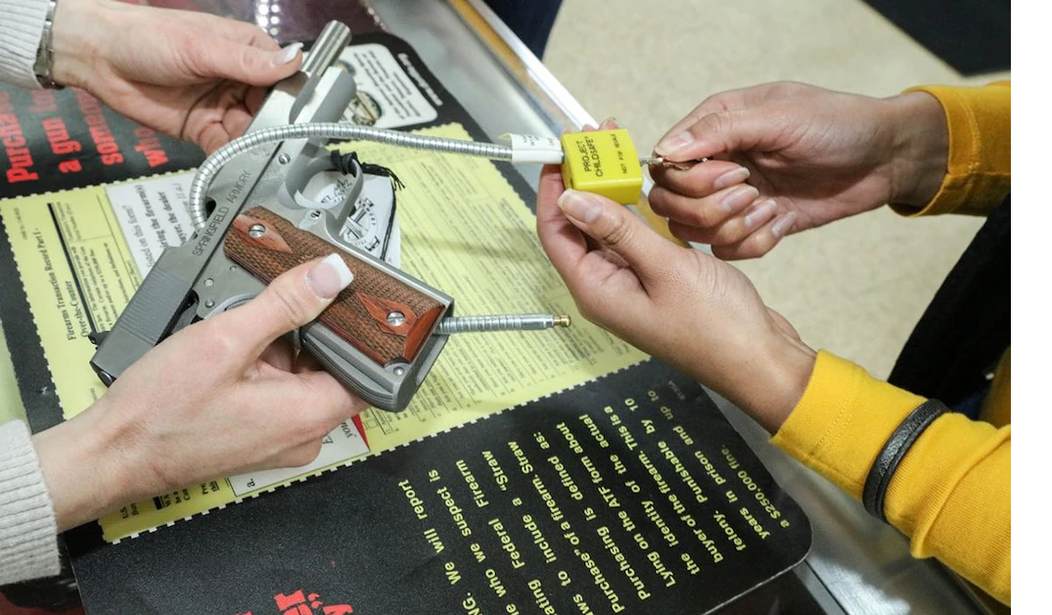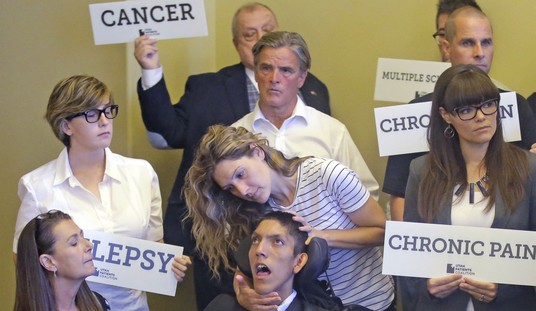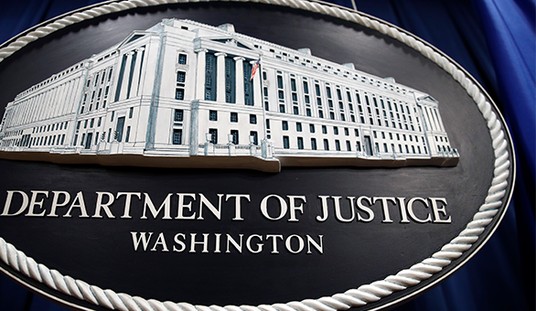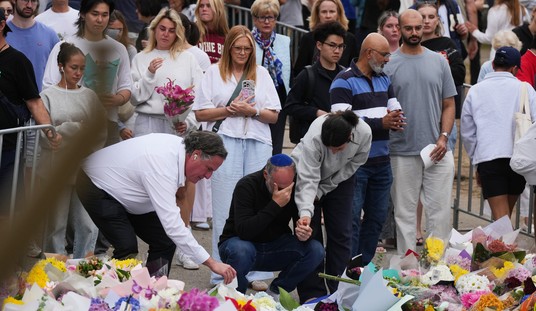In the aftermath of the horrific murders of 17 people (and injuries to 17 others) at Marjory Stoneman Douglas High School in Parkland, Florida in 2018, the state legislature (along with then-Gov. Rick Scott) approved several new gun control laws; a “red flag” law allowing for the confiscation of firearms from those deemed by a judge to be a threat to themselves or others, a three-day waiting period on gun purchases, and a ban on gun sales to those under the age of 21.
It would appear that none of those laws had any impact whatsoever on a 19-year old accused of plotting to engage in mass murder at his Florida college. Instead, the threat was averted because individuals who saw cause for concern spoke up instead of remaining silent.
The Daytona Beach Police Department said 19-year-old John Hagins planned “to shoot up the campus” on the last day of class before winter break.
Authorities say they were tipped off by a couple of other students. Emergency dispatchers in Volusia County were alerted shortly after 4 a.m., and officers rushed over to the location.
“We could have had a tragedy unfold today,” DBPD Police Chief Jakari Young explained in a statement.
“Instead, these students reported it to the school and that allowed us to get to work right away and bring Hagins into custody before he could carry out his plans. We thank them all for seeing something and saying something.”
Police say Hagins’ social media messages included plans to take a folding gun to school – concealing it by tucking it into a backpack with hundreds of rounds of ammunition. Detectives say they believe Hagins sold his car to buy the firearm and ammo.
At 19-years old, Hagins isn’t old enough to legally purchase a firearm in the state of Florida. It also appears he bypassed the state’s three-day waiting period when he illegally obtained his gun, and the Extreme Risk Protection Order never came into play either. Despite the restrictions imposed on legal gun owners in the wake of the Parkland shootings, Hagins had no trouble whatsoever selling his car and buying guns and ammo on the black market in a matter of hours. If it weren’t for the fact that a couple of his fellow students saw his social media posts and alerted authorities, Hagins could very well have carried out his attack.
Like the vast majority of individuals who’ve planned similar attacks, Hagins didn’t keep his plans to himself. As the Secret Service noted in its report “Averting Targeted School Violence”, it’s far more unusual for a would-be attacker to say nothing at all than to disclose their intentions to family, friends, or on social media.
In nearly all (94%) of the cases, the plotters shared their intentions about carrying out an attack targeting the school in various ways, including verbal statements, electronic messaging, and online posts. In about two-fifths of these cases (43%) plotters also documented their intentions in journals, documents, videos, and audio recordings that were not shared with others prior to plot discovery.
The Secret Service also says that in every case where a targeted school attack was thwarted before it could be carried out, the key was that someone had communicated the suspect’s intentions to school officials or law enforcement. In fact, in 75% of those thwarted school attacks, the plots were discovered solely “because of what the plotters’ communicated about their intent.”
That would appear to be the case with the plot broken up in Volusia County, Florida today.
According to Young, Hagins was speaking with two other Embry-Riddle students on Snapchat when he sent disturbing messages about a desire to “enact a Columbine,” a reference to the infamous 1999 mass shooting at Columbine High School in Colorado.
“By the grace of God, those two students came forward and thwarted that plan,” Young said.
The chief said when officers were contacted about the threat, they set up a perimeter around Hagins’ apartment.
“While we were getting a search warrant, he ends up coming out so we were able to grab him and detain him,” Young said. “Once we detained him, we immediately noticed that he had this backpack. You can see there’s a magazine that he had in this backpack. Contained inside the backpack was a collapsible rifle.”
Police identified the rifle as a Kel Tec SUB2000. The chief also showed that there were several rounds of 9mm ammunition inside the backpack, along with six magazines.
Oddly, not one of the local media stories I’ve seen about this incident mention the fact that Hagins had no problem acquiring a gun and ammunition despite Florida’s ban on gun sales to under-21s and the state’s three-day waiting period on gun purchases. If Hagins had successfully carried out his alleged plans, however, you can be damn sure that anti-gun activists would have loudly insisted that the attack proved the state’s gun control laws somehow didn’t go far enough.
Thankfully, because two students didn’t let Hagins’ alleged threats pass by without alerting authorities, countless lives may have been saved. The gun control lobby won’t get the chance to exploit the senseless deaths of innocent victims. And we’ve all been given a very powerful reminder of what really stops these kinds of attacks before they can be carried out; speaking out and saying something when we have evidence that lives are in danger.









Join the conversation as a VIP Member